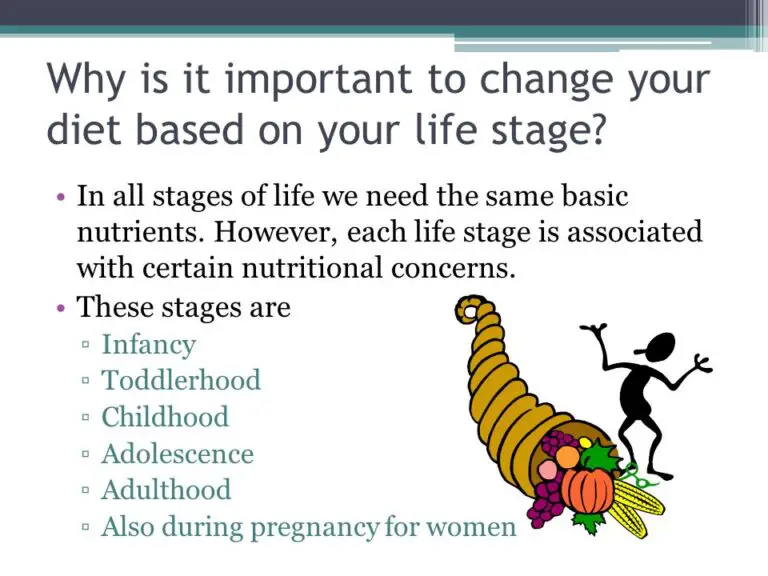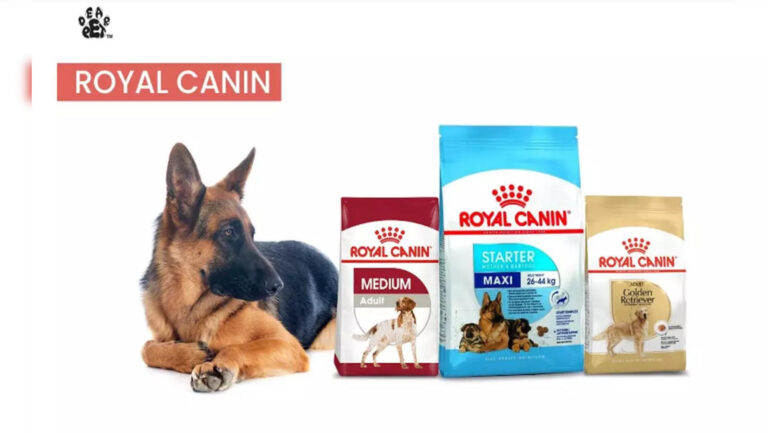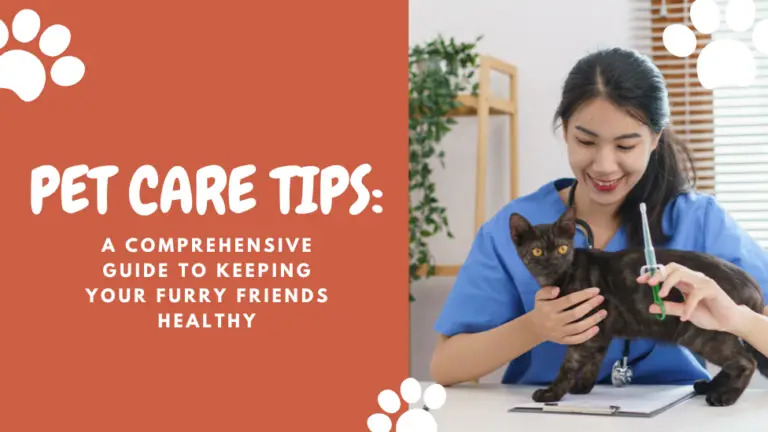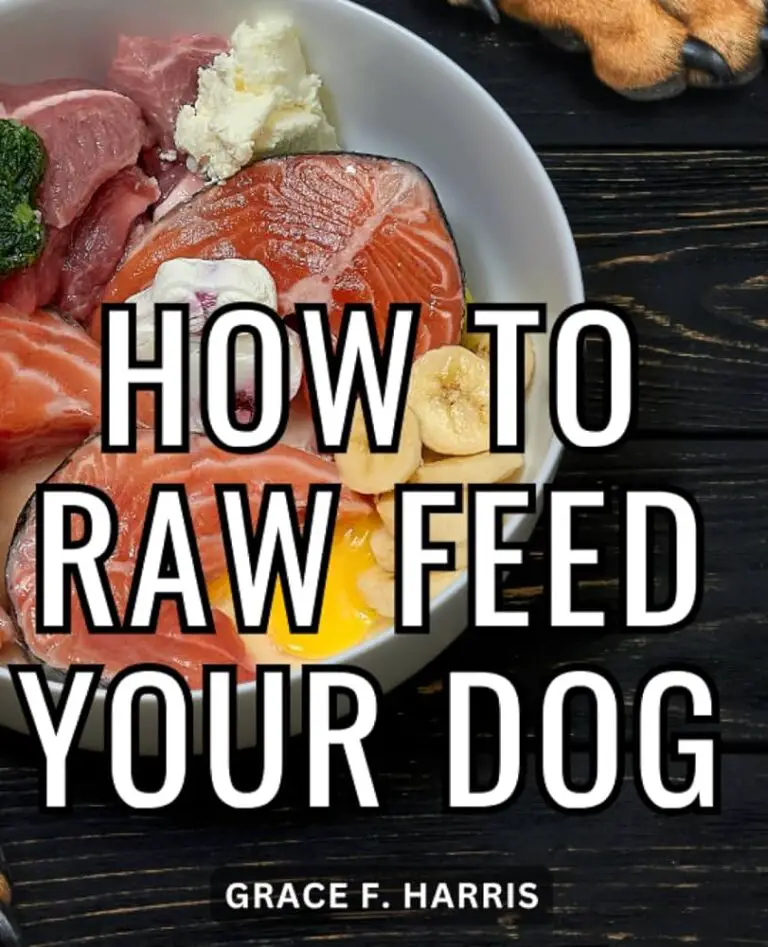Understanding Pet Nutrition: The Battle Against Obesity
Your pet’s health is a reflection of their lifestyle, regular exercise, and diet. Just like with us, humans, good nutrition is crucial for keeping your animals at their best. However, for countless pets around the globe, an unexpected villain threatens their well-being—obesity. This post is an essential read for every pet owner, as we dig into the depths of this common nutritional disorder in our furry friends and provide actionable insights to ensure your pets lead a quality life.

The Heft of the Matter: Exploring Pet Obesity
What is the Most Common Nutritional Disorder in Pets?
In the kingdom of domestic beasts, obesity reigns supreme as the most prevalent nutritional disorder animals face. This heavyweight issue is not to be underestimated; it leads to a myriad of health complications that significantly diminish your pet’s life expectancy and quality.
Unveiling Pet Obesity
Obesity is defined as an accumulation of excess body fat that’s enough to impair health, welfare, and quality of life. Among pets, it is often related to an energy imbalance—consuming more calories than they burn. It’s not just about “fluffiness” or “roundness” either – obesity is a measurable health risk.
Numerous factors contribute to this weighty issue, and understanding them is the first step towards combatting obesity in pets.
Unkempt Appetites and Sedentary Souls
Causes of Pet Obesity
Nobody plans for their pet to become obese, yet many factors in modern pet-keeping can lead to it.
Overfeeding
One of the most direct causes of obesity is overfeeding. This could be in volume—feeding your pet too much at mealtime or frequency—too many treats in between meals.
Lack of Exercise
Sedentary behavior, just like in humans, can lead to weight gain in pets. Busy lifestyles or limited access to outdoor spaces means your dog might be getting fewer walks or your cat, less playtime.
Breed Predispositions
Some breeds are simply more prone to putting on weight, potentially due to genetic factors and characteristics that are typical of their breed.
The Chain of Consequences
The effects of pet obesity can be far-reaching and severe, often leading to a laundry list of health issues.
Diabetes
Just as in humans, obesity is a significant risk factor for diabetes in pets, especially in later years of life.
Arthritis and Joint Issues
Carrying extra weight places a significant strain on the bones and joints, leading to early development of arthritis and other joint conditions.
Shortened Lifespans
On a broader scale, overweight pets generally live shorter lives than their healthier counterparts.
Cutting Back on the Kibble: Preventing and Managing Pet Obesity
Portion Control and Meal Management
Prevention is always better than cure. Here are some ways you can proactively manage your pet’s diet to keep obesity at bay.
Know Your Portion Sizes
Understanding what constitutes a healthy portion for your pet is key. This depends on factors like age, size, and activity level.
Establish a Feeding Routine
Consistency in feeding times can help prevent overeating. It also allows you to gauge if your pet’s appetite changes, which could indicate health issues.
Healthy Nutrition Choices
Quality over quantity applies to pet food too. Opt for formulas that are well-balanced, with quality ingredients that are appropriate for your pet’s life stage.
Consult with Your Vet
A vet can recommend the best diet choices for your pet’s specific needs and help tailor a nutrition plan for their individual requirements.
Physical Fitness: It’s a Pet’s Life Too!
Physical exercise is as critical for pets as a balanced diet. Regular walks, playtime, and activity that engage their minds and bodies are necessary to maintain a healthy weight and mindset.
Setting Goals and Rewarding Progress
Just as it is with personal fitness, set achievable goals and reward your pet’s incremental progress. These rewards can be non-food-related, such as extra playtime or a new toy.
Success Stories and a Healthier Tomorrow
Real-Life Transformations
There’s something incredibly heartening about seeing a pet reclaim its health. Weight loss journeys for pets are stories of resilience, commitment, and love. Realize that it is very achievable and many pets have successfully found their ideal weight with the help of dedicated owners.
Creating Support Systems
Share your pet’s weight loss goals with others. A supportive community can provide encouragement and share valuable tips and experiences.
Ongoing Commitment to Health
Achieving a healthy weight is just the beginning. Consistency in the established lifestyle changes is what will ensure your pet stays healthy in the long term.
The Role of Regular Vet Check-ups
Veterinary guidance helps to cement your pet’s health plan. Regular check-ups and tailored advice from professionals are indispensable.
Conclusion: A Lighter Load, A Brighter Life
In conclusion, pet obesity is a multifaceted issue that requires awareness, education, and action from pet owners everywhere. By being mindful of our pets’ nutritional health, we can ensure they lead vibrant, healthier lives. It takes dedication, time, and sometimes a few extra laps around the park, but the dividends in companionship and joy are immeasurable.
Your pet is family, and we all want family to live long, healthy, and happy lives. Making the right choices now will lead to many more years of cherished memories and invaluable loyalty. The path to a healthier pet starts with a single step—a step to the feeding mat that’s linked with informed feeding choices, measured portions, and regular exercise. After all, a lighter load for them means a brighter life for all.








